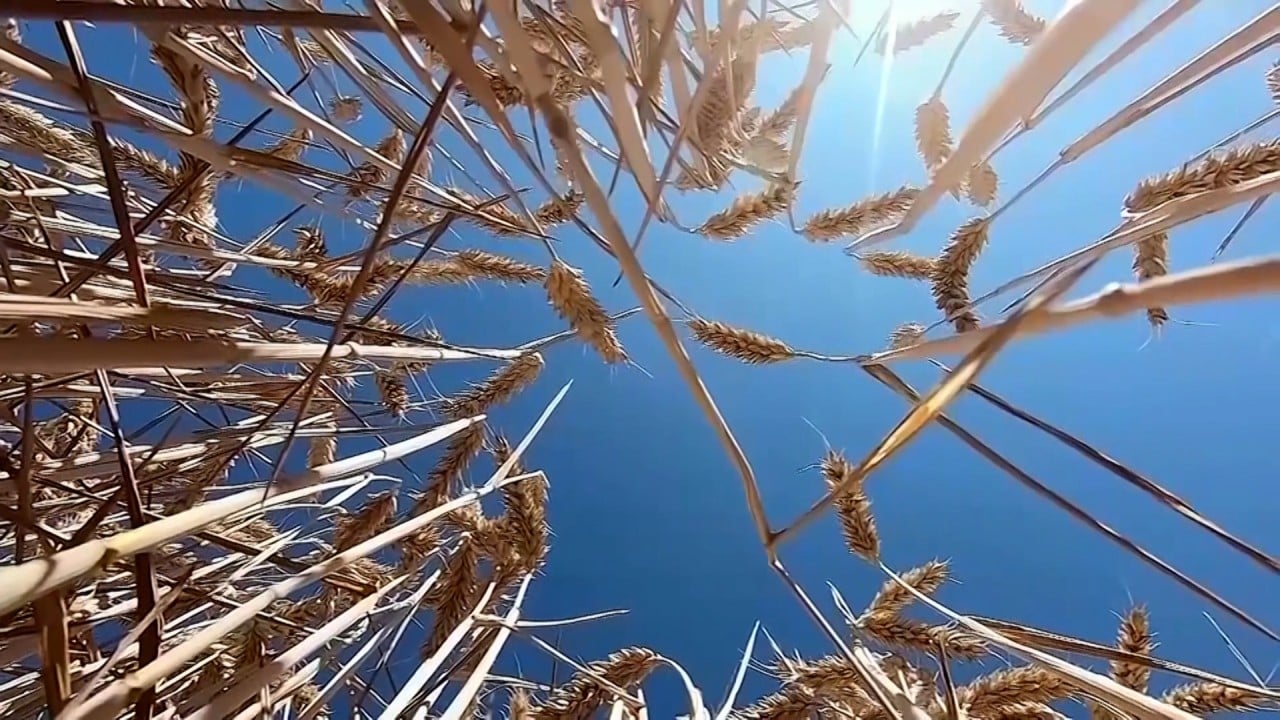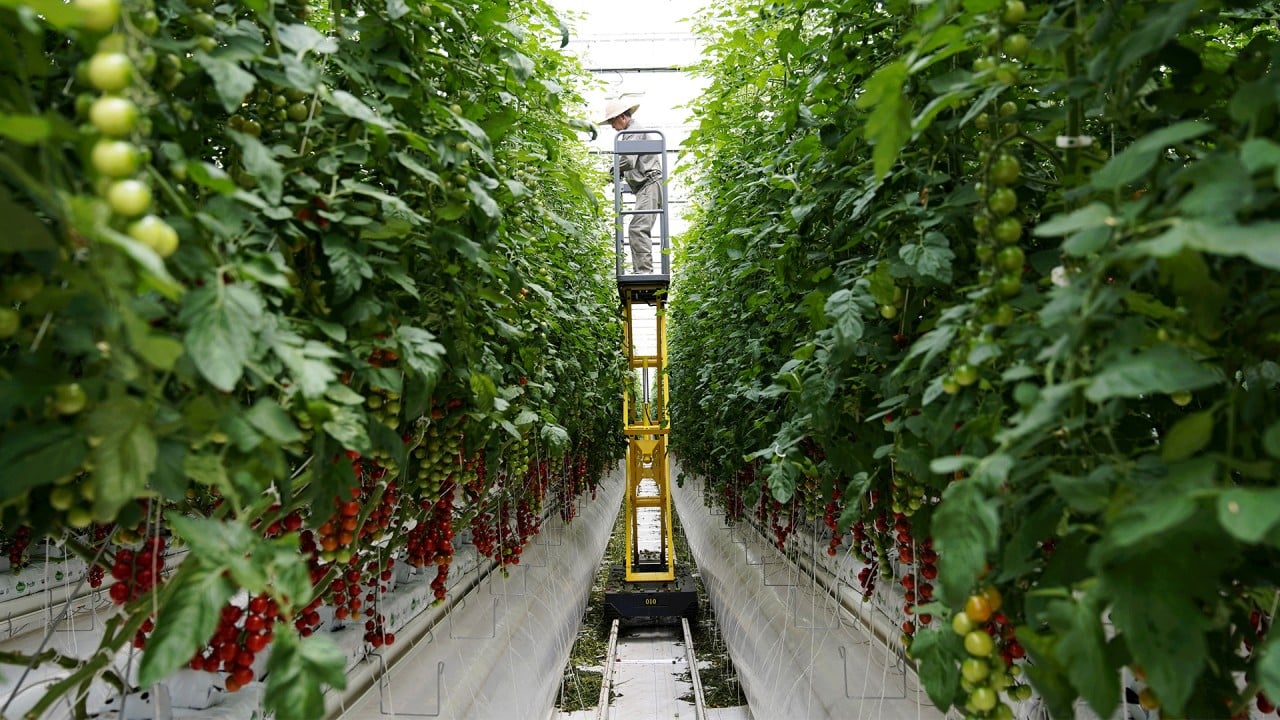
Ukraine conflict highlights the need to find better ways to feed the world
- Shortages exacerbated by the war have sharpened the resolve of both governments and people, giving businesses and innovators a chance to overhaul the system
- From better logistics and agricultural technology to alternatives to meat, grains and fertiliser use, a food revolution is brewing
Food demand is expected to increase by around 50 per cent by 2050, compared to 2013 levels, according to the UN Food and Agriculture Organization. Yet, supply will struggle to keep up, given that arable land and water resources are shrinking in many parts of the world and that, even today, some 2 billion people do not have regular access to safe, nutritious and sufficient food.
These are huge and complex social and environmental challenges for which there is no silver bullet. Solving them requires solutions across the food value chain.
The crisis should, however, focus minds and accelerate both the adoption of alternatives to grains and less-efficient animal proteins, as well as the development of efficient food production and shorter, more secure supply chains.
That, in turn, presents an opportunity for innovative businesses and investors who can work together to improve the sustainability, accessibility and quality of food.
Meanwhile, in the wake of grain shortages, livestock farming can be made more efficient through better diagnostics and preventive animal health measures, including vitamins, eubiotics (which promote gut health), enzymes and vaccines which improve feed absorption and yields.
Cutting the waste mountain requires better logistics, better distribution networks and better food safety – all of which can be improved by technology. Promising innovations include aseptic packaging, where high temperatures are used to sterilise food before packaging it, thus extending the shelf life without chemicals or refrigeration.
Will Asia’s investors pounce on farm tech revolution in Year of the Tiger?
Another approach, known as natural bioprotection, draws on traditional fermentation principles and uses specially developed food cultures to better preserve yogurt and cheese.
Food that has gone to waste, meanwhile, is increasingly being repurposed, whether through converting excess oil and animal fat into animal feed or biofuel, or (on a smaller scale) using whey from cheese-making to create packaging for more food.
Then there’s the production of food. A burning issue for producers is how to make food more nutritious, affordable and ideally more sustainable.
Producing more food locally is another solution that has multiple benefits: it offers more reliable supply, reduces waste and has a smaller carbon footprint with improved traceability. Locally produced food also eases the pressure on shrinking resources, such as freshwater supplies and arable land.
Indoor, vertical farms, meanwhile, are also expanding rapidly, offering the prospect of quality local food to areas where there is little space or the climate is challenging. The companies operating such farms are investing heavily.
Traditional farms are also embracing the latest scientific advances, which allow farmers to use water and fertiliser precisely where they are required, resulting in an up to 80 per cent reduction in freshwater and fertiliser use. Such techniques can also improve yields, preserve scarce resources and reduce nitrogen oxide emissions.
Food logistics is undergoing a makeover, too. There is a growing appetite for direct-to-consumer food services (such as farm-to-fork meal kits) and almost any new-generation food production and logistics model, which can shorten the complex global supply chains and reduce the risk of logistics issues, spoilage and contamination.
For the first time, we see governments and consumers aligned on the development of better quality and more sustainable food products and agricultural methods. It is also a future in which companies operating across the food value chain use the technology they already have to meet these demands.
Mayssa Al Midani is a senior investment manager at Pictet Asset Management




